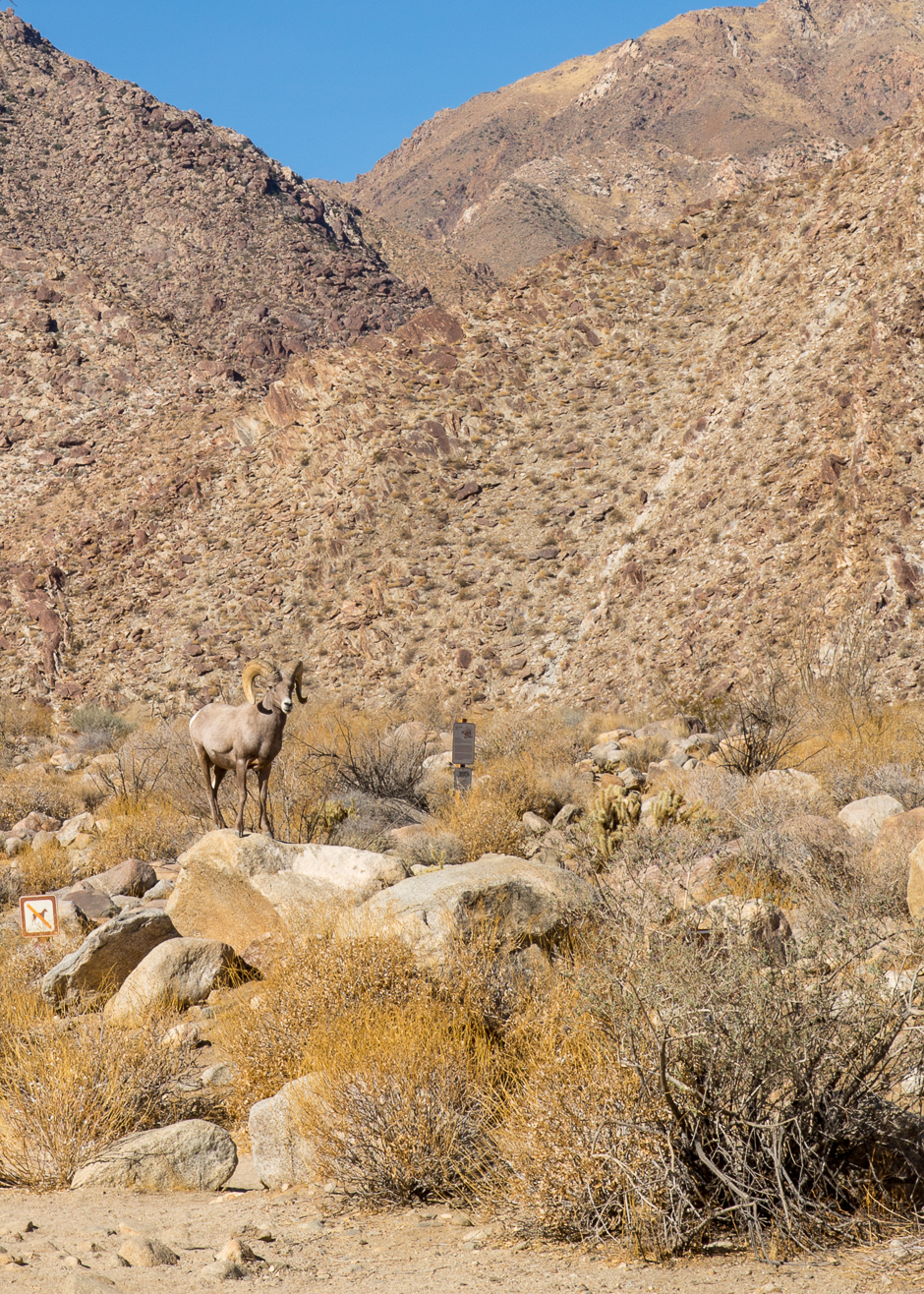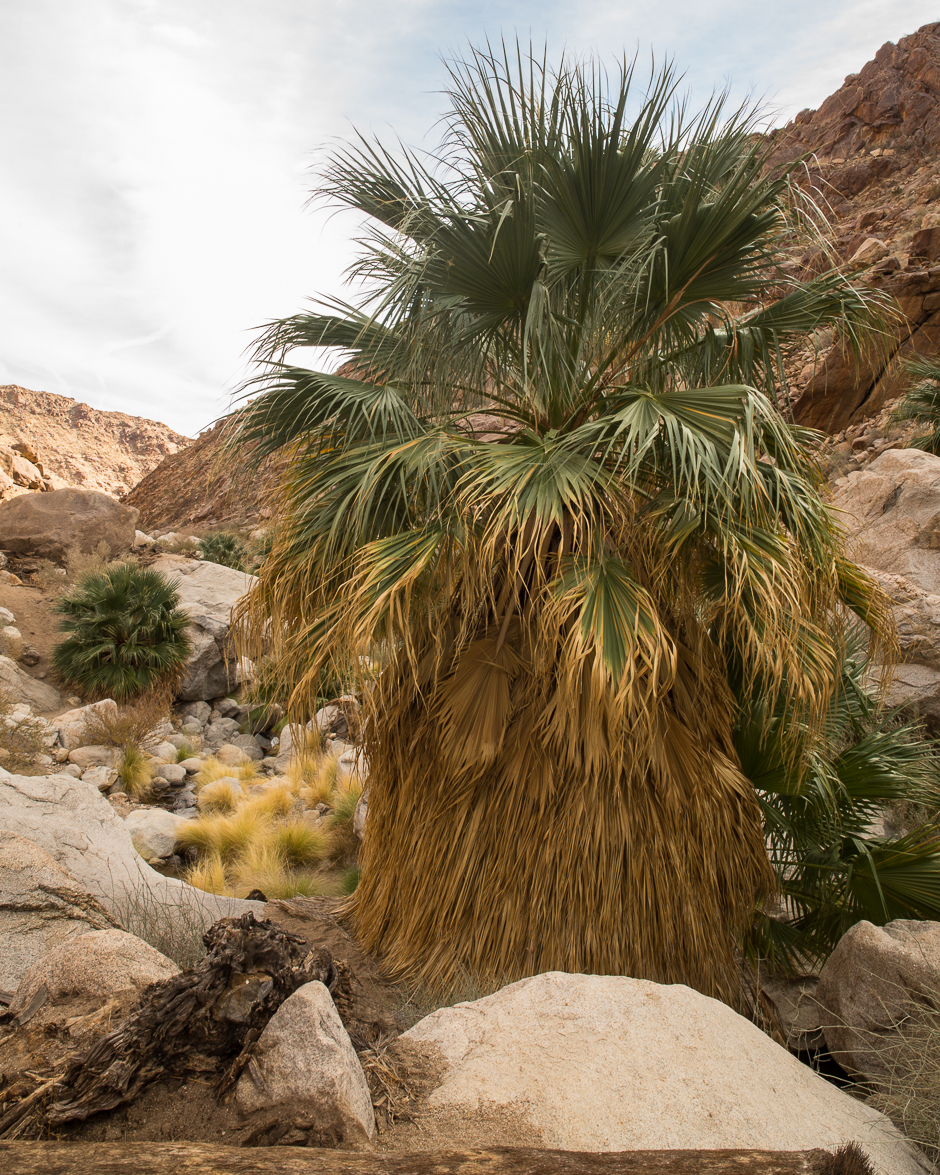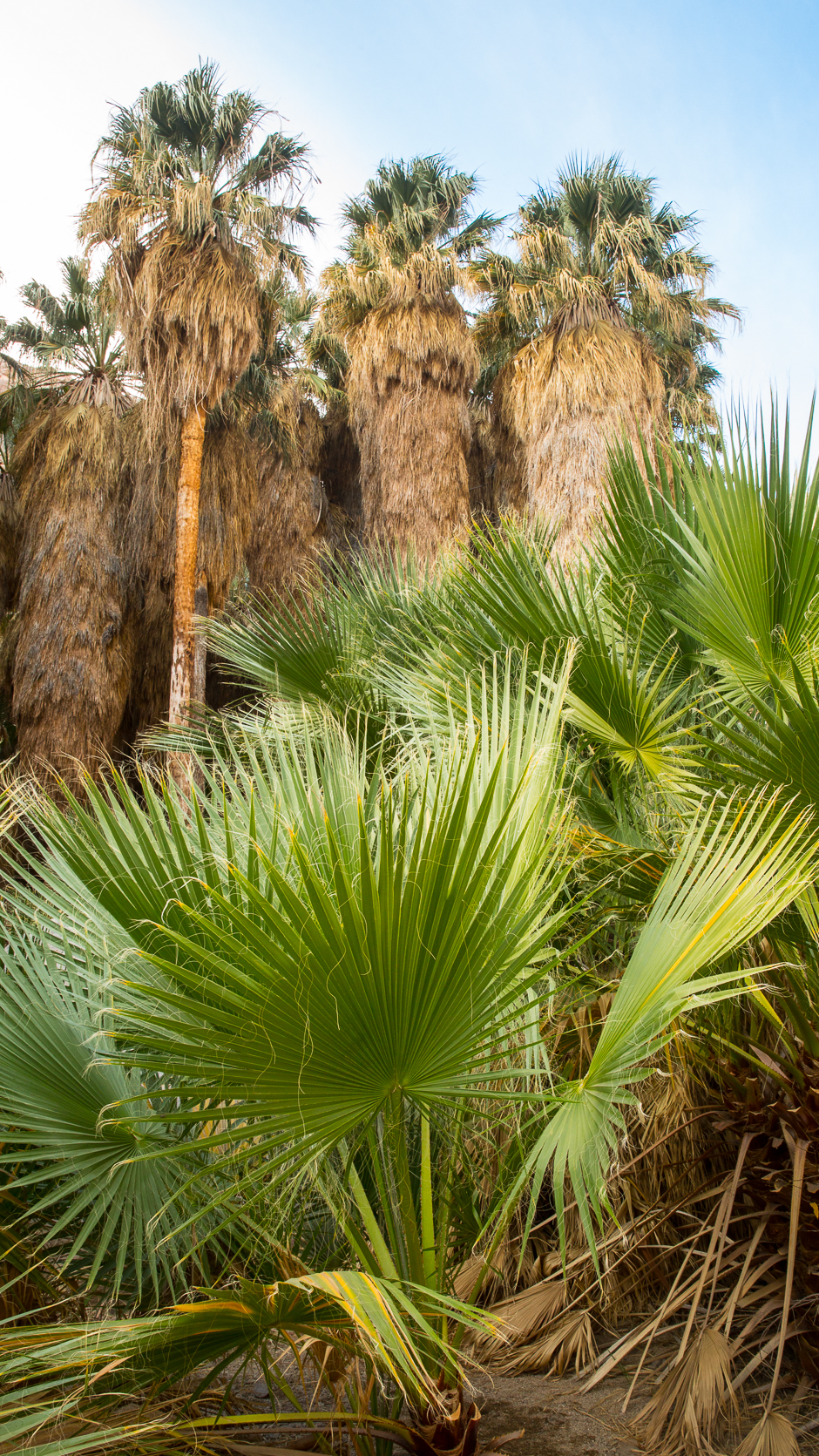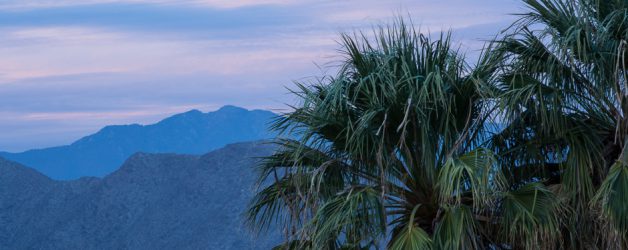
Anza-Borrego ~ Palm Canyon
Warning: Use of undefined constant gad_content_tag_filter_replace - assumed 'gad_content_tag_filter_replace' (this will throw an Error in a future version of PHP) in /home/dx87kwtjkt0i/public_html/wp-content/plugins/web-ninja-google-analytics/webninja_ga.php on line 1813
California
“This park’s combo name, pairing the name of famed Spanish explorer Juan Bautista de Anza, who crossed this desert in 1774, and the Spanish word for sheep (“borrego”)—referring to the region’s native bighorn sheep, this desert preserve—California’s largest state park—protects more than 600,000 acres/242,811 hectares of badlands, palm oases, slot canyons, and cactus-studded hills. A geology lesson in making, still being altered by erosion and flash floods, it’s a wild and remote place, with much of it accessed via primitive roads, or on foot. (Consider renting a 4WD with high clearance for best access.) But the payoff is stunning stillness and unforgettable beauty.”
http://www.visitcalifornia.com/attraction/borrego-palm-canyon
Peninsular Bighorn Sheep
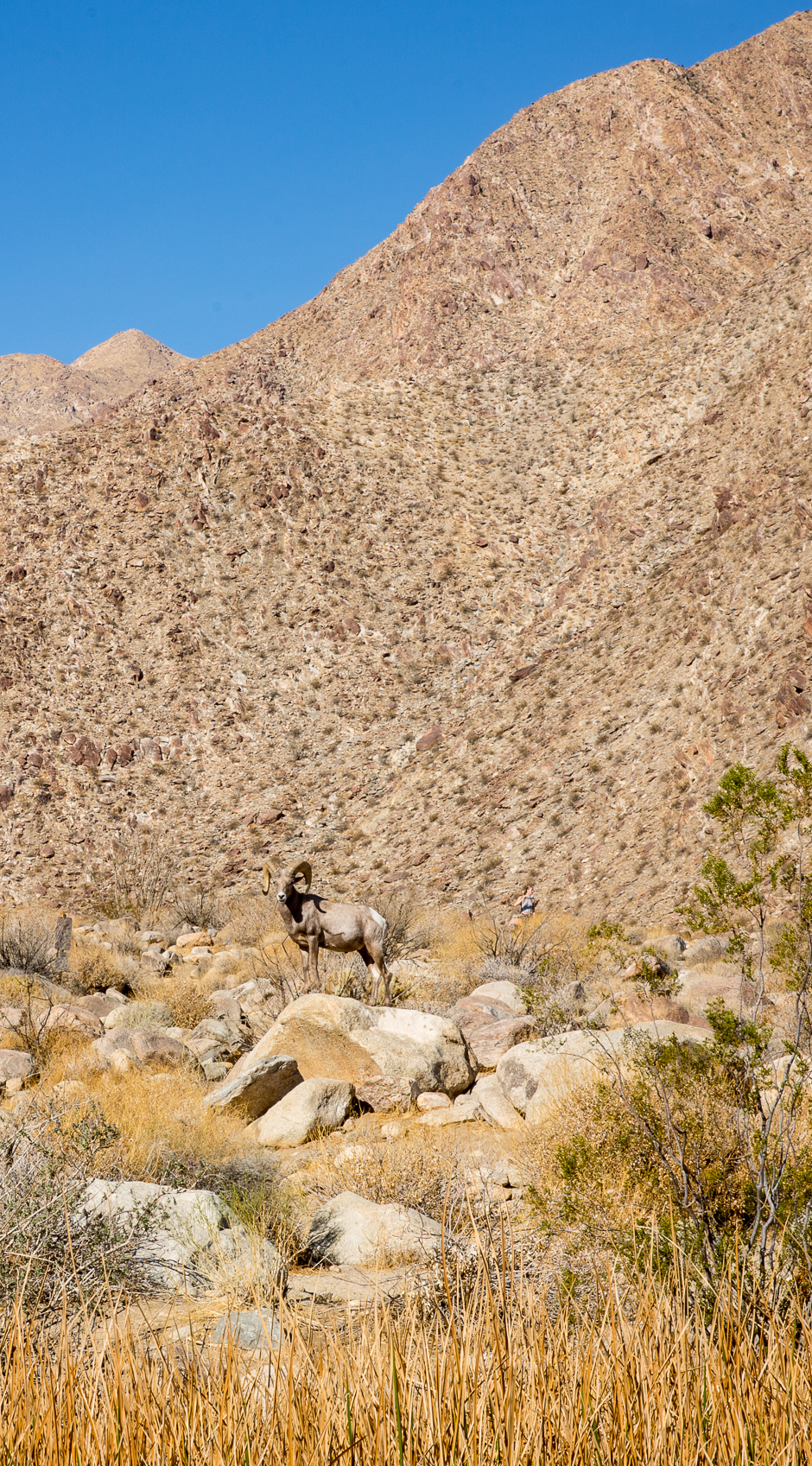
Bighorn Sheep are an endangered species.

“Anza-Borrego is home to about 60 desert bighorn sheep, the largest mammal in the park. The bighorn sheep spend their lives in the remote terrain of the Peninsular Ranges, venturing down on to the slopes to feed and find water. Keen eyesight allows them to view large expanses of terrain, ever wary of predators, humans or perceived threats.”
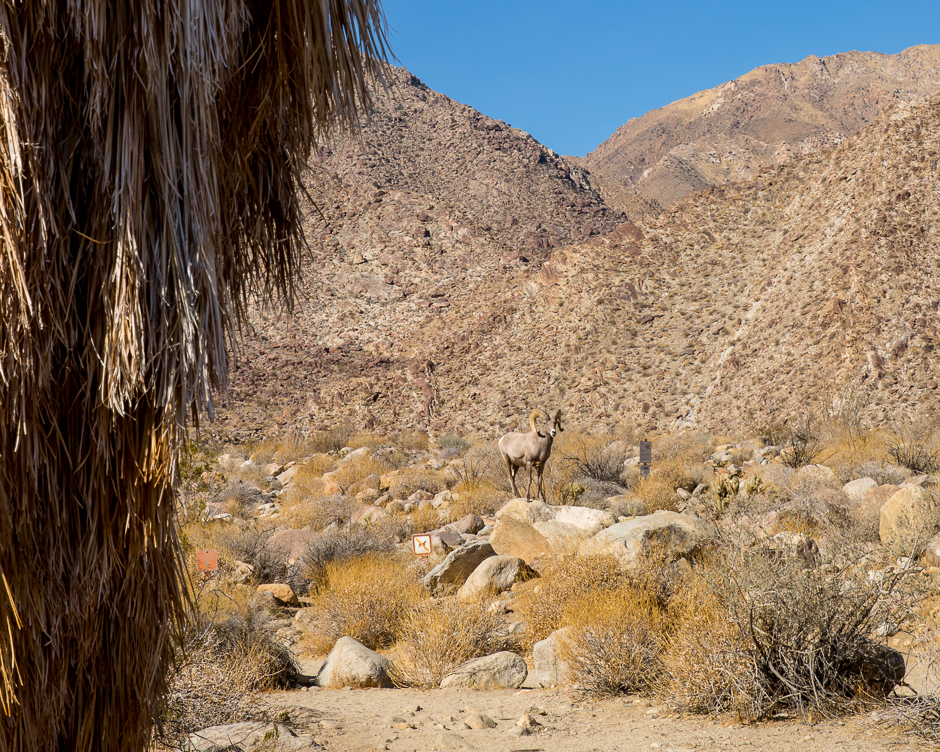
“Both rams (males) and ewes (females) have horns their entire lives. Ram horns can be massive curls, while ewe horns are smaller and straighter, like sabres that they use to protect themselves and their lambs. Rams show off their horns to other males as a means of gaining dominance, and will often go head to head in ritualized combat.”
“Water is essential for lamb survival and the long-term health of bighorn populations.The State of California and the Park have ongoing projects, including the removal of tamarisk and other non-native plants, to improve water supplies for wildlife.”
Anza-Borrego Desert State Park – A Place For Discovery , 2018-2019 Edition
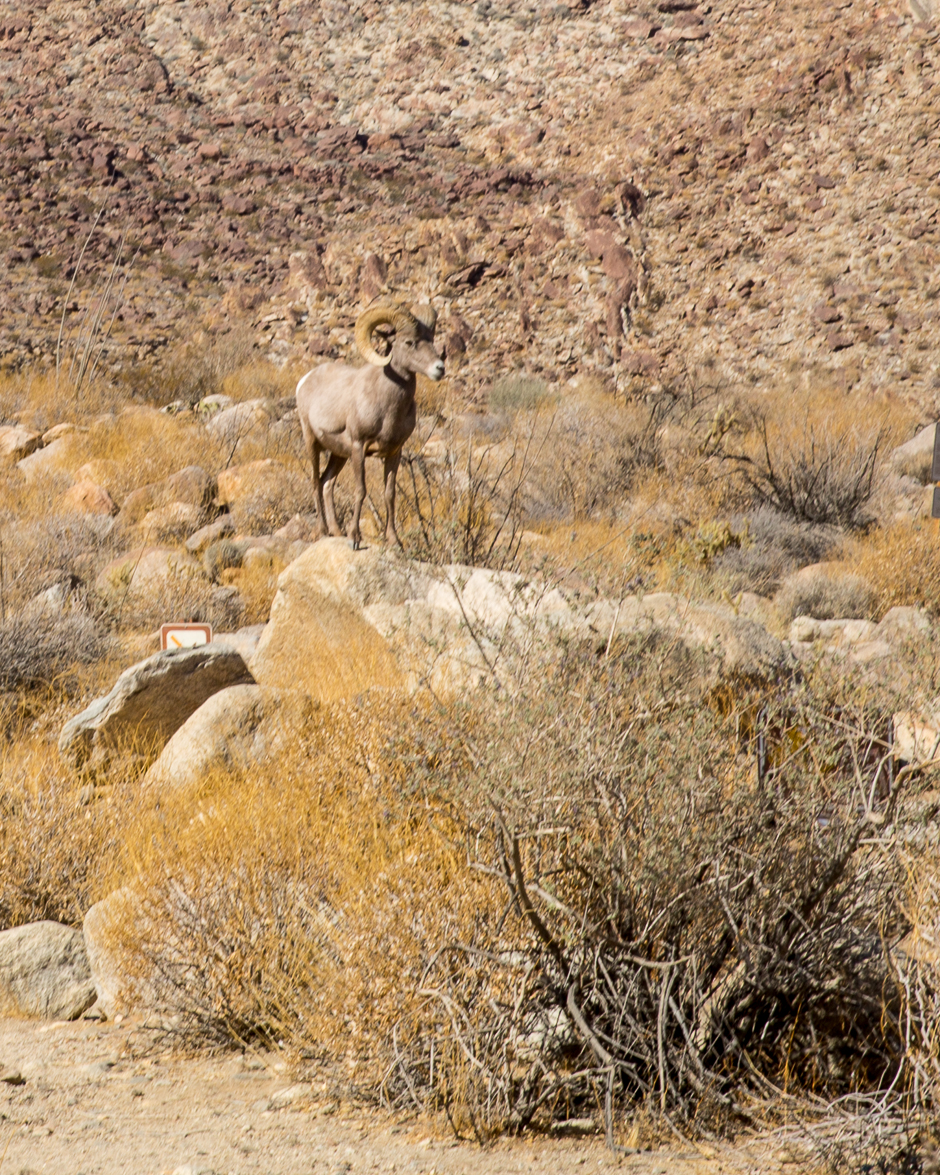
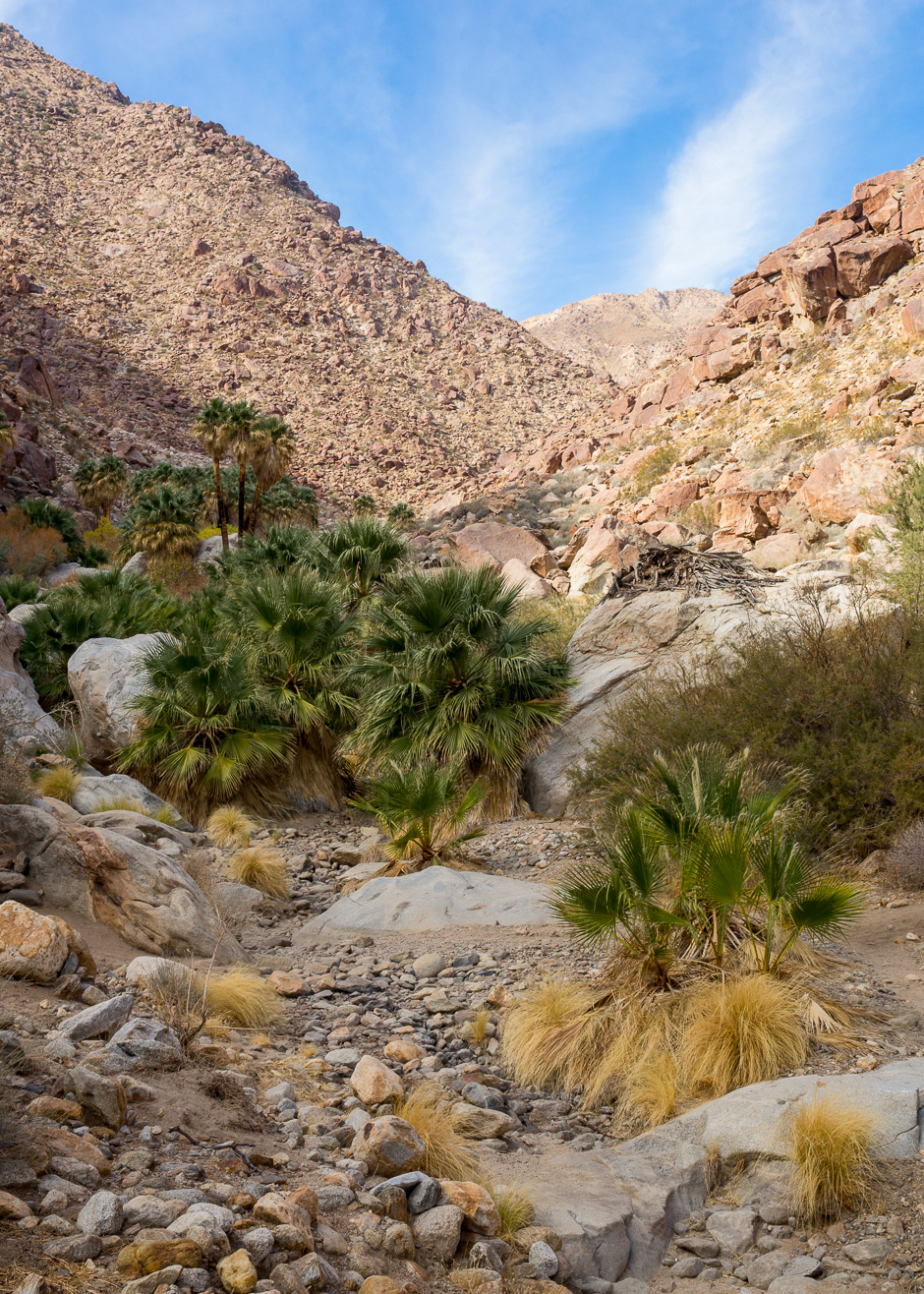
“Anza-Borrego’s most famous hike leads to Borrego Palm Canyon, a watery haven fed by underground springs and shaded by California fan palms, the only palm that is native to California. It’s not a major hike round trip (3 miles/4.8 km total), but it feels like a trek from the desert to the tropics. Head off into a sandy wash twisting through a rocky canyon dotted with barrel cacti and ocotillo (look for hummingbirds flitting to the plant’s crimson flowers).”
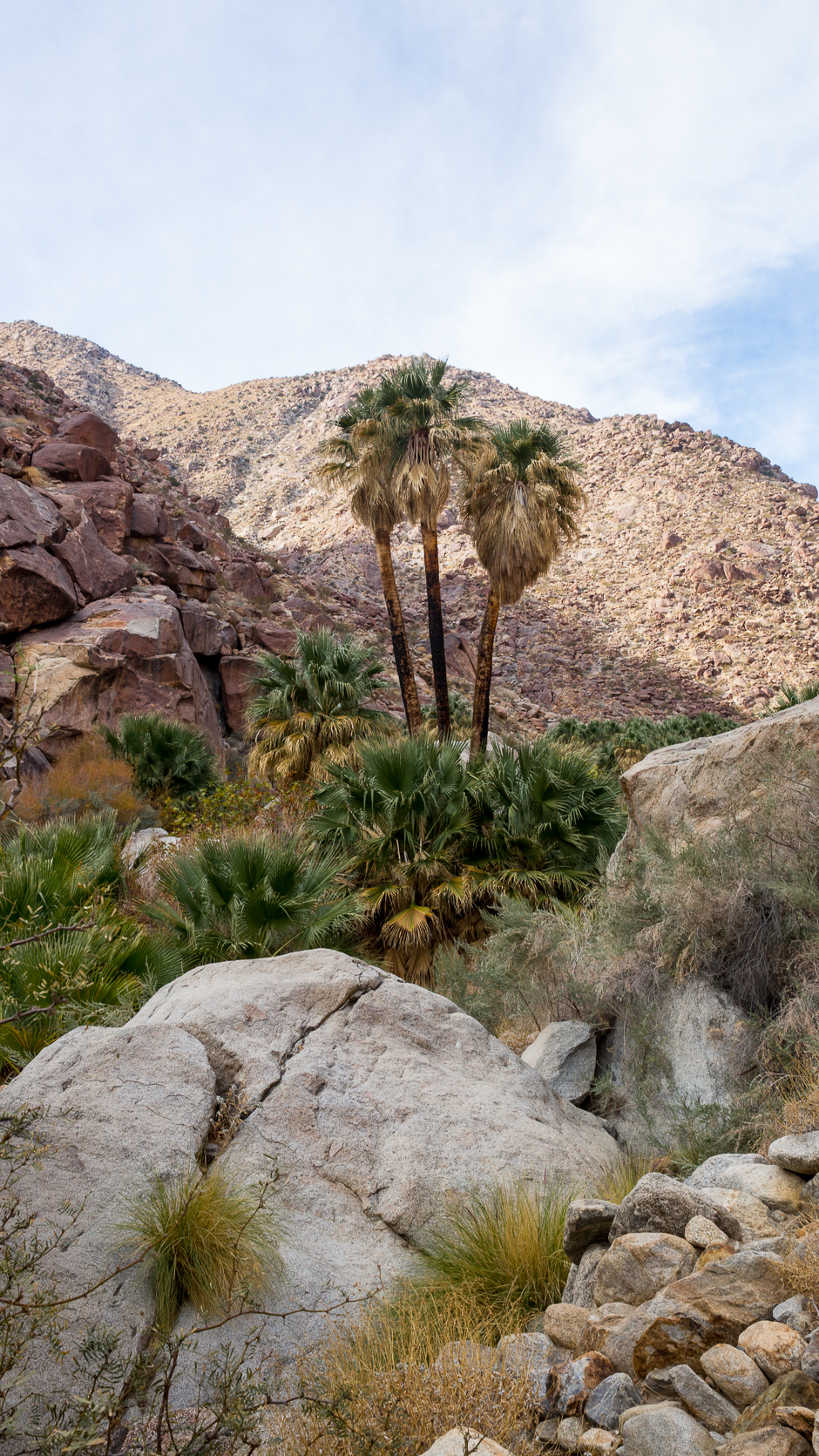
“A little further along, you come upon lush willows and the sound of little waterfalls, until finally, rocks give way to deep pools of shade cast by the soaring, shaggy palms (their untrimmed fronds make them look a bit like Wookiee out of Star Wars). A series of severe rainstorms and flash floods in the last decade wiped out many of the oldest palms in this grove, but Palm Canyon is still the largest of the palm groves in Anza-Borrego. Over 80 species of migratory birds use Palm Canyon as a watering stop as they travel through the desert. Bighorn sheep like this spot, too.”
http://www.visitcalifornia.com/attraction/borrego-palm-canyon
